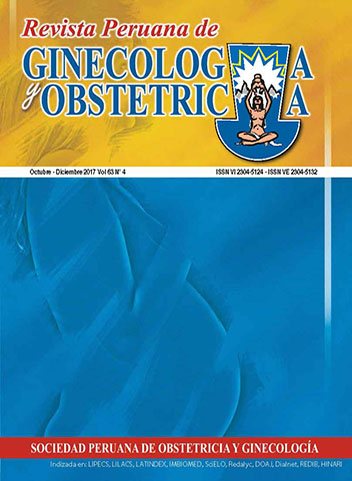Evaluation of the effect of coca leaf powder consumption on bone turnover in postmenopausal women
DOI:
https://doi.org/10.31403/rpgo.v63i2023Abstract
Introduction: Every year, about 25 million women all over the world experience menopause. Nearly 30% of them will suffer from osteoporosis. Conventional treatments tend to have side effects. In Peru, we have Erythroxylum coca, a vegetal alternative high in calcium, fiber and polyphenols. Objectives: To test the effects of the consumption of coca leaf powder in postmenopausal women and analyze the antioxidant capacity of coca leaf powder. Design: Quantitative, quasi-experimental, pre-test post-test study. Institution: Centro de Investigación de Bioquímica y Nutrición, Universidad Nacional Mayor de San Marcos, Lima, Perú. Participants: Volunteer postmenopausal women. Methodology: Unique and self-controlled treatment of 25 volunteers who met inclusion and exclusion criteria. Twenty one completed the treatment, which consisted of the daily ingestion of 4 g of coca leaf powder mixed with water for a period of 90 days. They kept their regular diet and lifestyle. Three blood samples per volunteer were taken before, after 45 and 90 days of treatment. Main outcomes: We measured procollagen 1 N-terminal propeptide (P1NP), N-telopeptide of type 1 collagen (NTX1), beta-crosslaps (βCTX) and human bone alkaline phosphatase (BALP) in the volunteers. TEAC-ABTS (Trolox equivalent antioxidant capacity), FRAP (Ferric reducing antioxidant power) and polyphenols were determined in coca leaf powder. Results: A significant decrease in the bone resorption indicator NTX1 (from 12.719 to 0.9945 ng/mL; p<0.05) was found. The bone formation indicator P1NP had a positive median difference. Coca leaf powder showed antioxidant capacity (TEAC-ABTS of 2.74 μmol/mL, FRAP of 73.60 mg AAE/g); the content of polyphenols was 3 089.34 mg AG/100 g. These results show coca leaf powder could potentially benefit bone metabolism. Conclusion: The incorporation of coca leaf powder into the regular diet for a period of 90 days generated a change in the indicators of bone density in women.Downloads
Downloads
Published
2018-01-27
How to Cite
Trigo-Pérez, K., & Suárez-Cunza, S. (2018). Evaluation of the effect of coca leaf powder consumption on bone turnover in postmenopausal women. The Peruvian Journal of Gynecology and Obstetrics, 63(4), 519–527. https://doi.org/10.31403/rpgo.v63i2023
Issue
Section
Artículos Originales
















